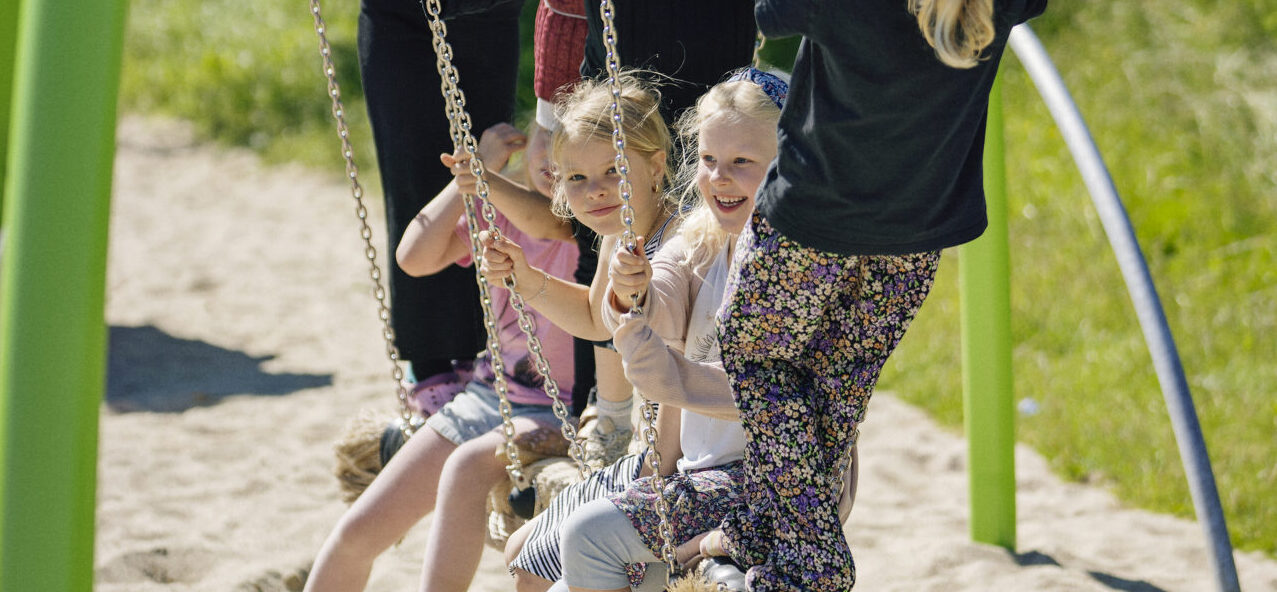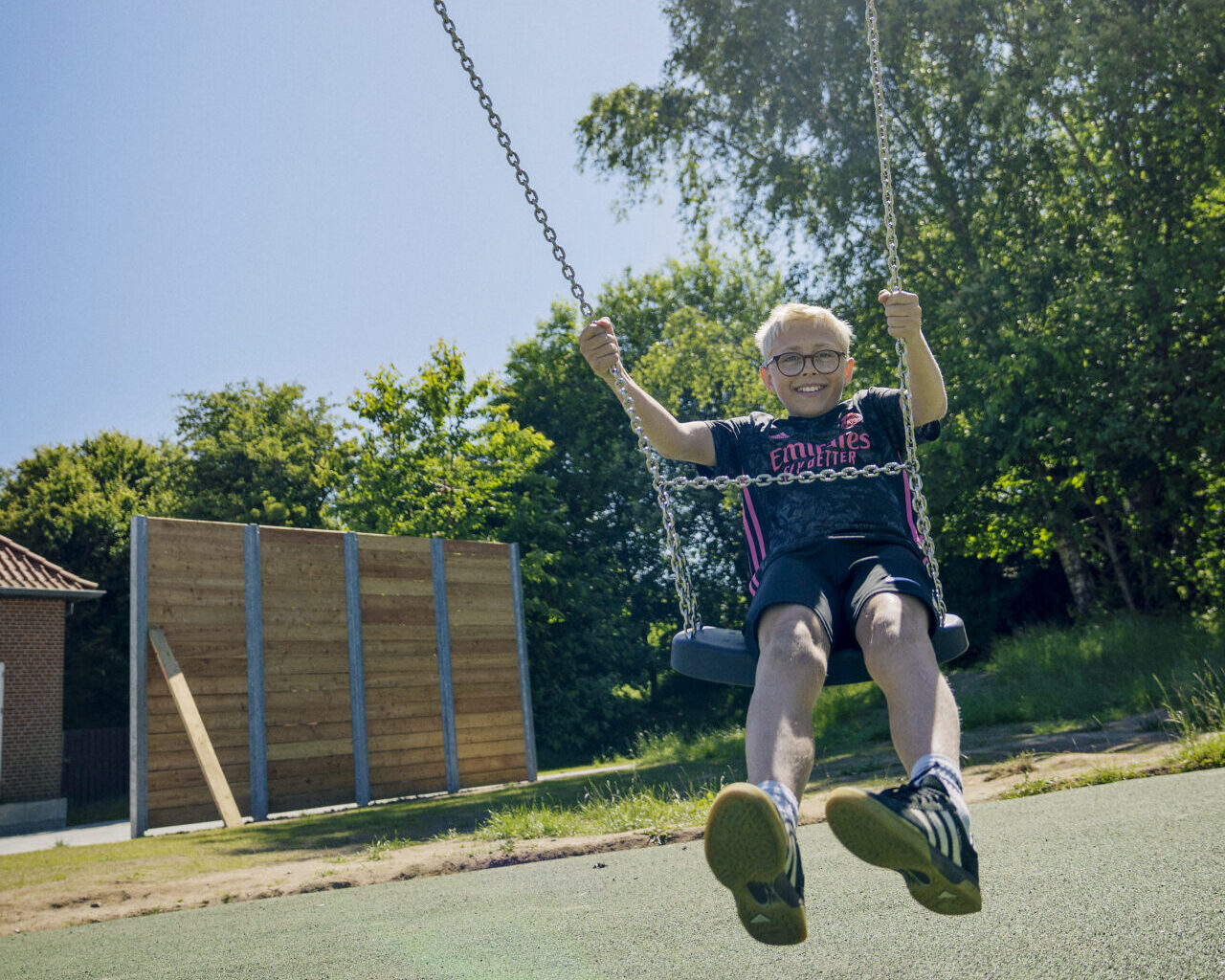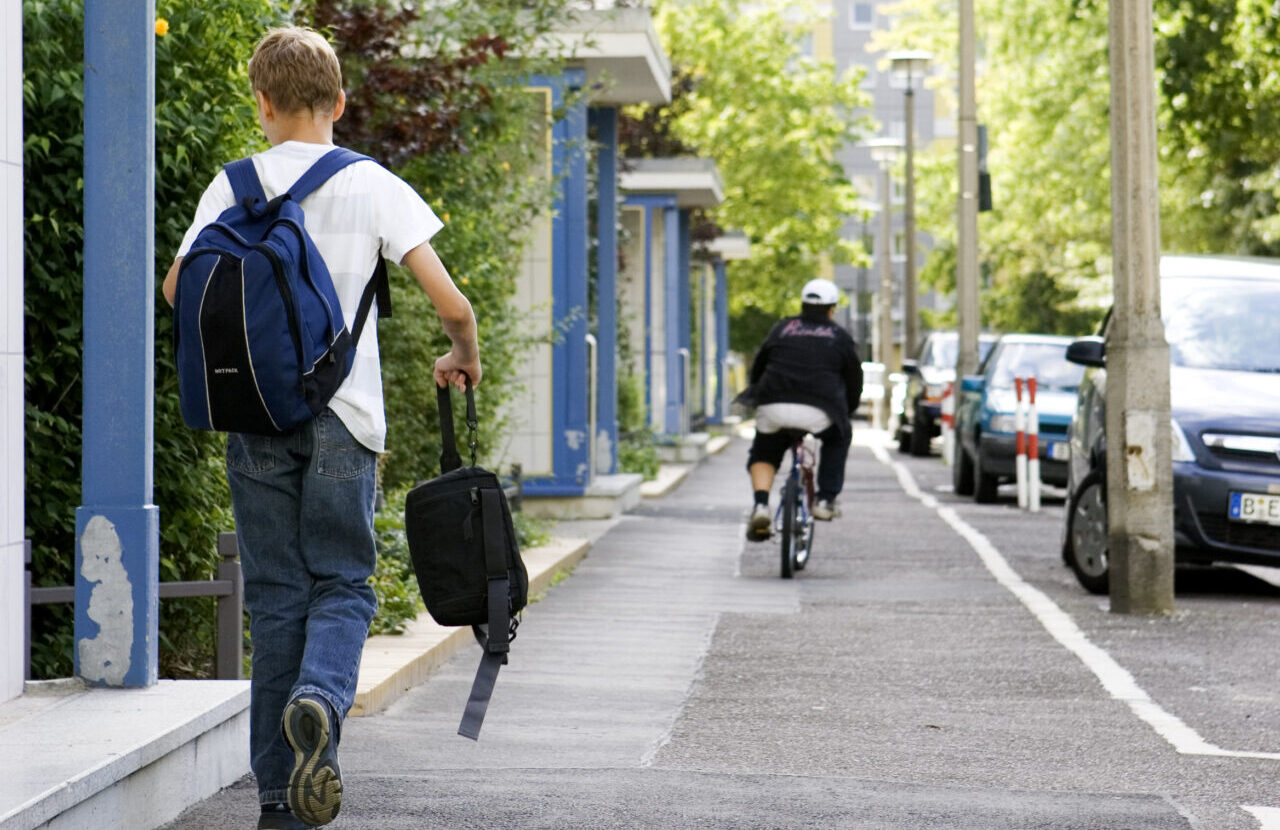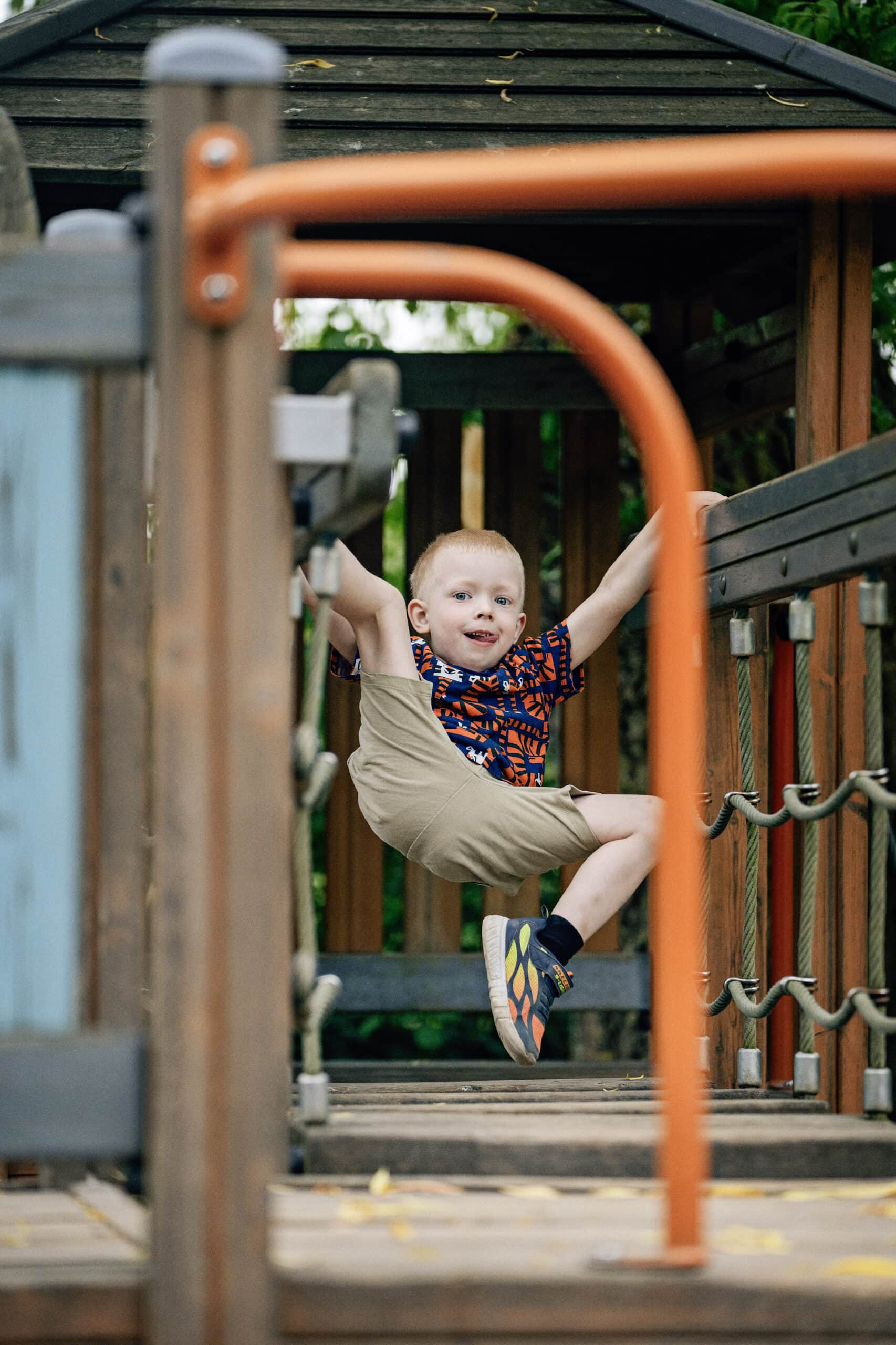
How do playgrounds influence the development of children’s fundamental movement skills?
Introduction and aim
Fundamental movement skills are on the decline, but playgrounds can play a vital role in reversing this trend. This brief provides a summary of a scoping review authored by Charlotte Pawlowski and colleagues in 2023. The review encompasses findings from 14 research studies.
The brief outlines a set of design principles that can guide the creation of playgrounds aimed at fostering the development of fundamental movement skills in children.
This brief is particularly relevant for professionals involved in the development of playgrounds within early childhood education and care (ECEC) settings, including architects, planners, and those working with children in this context.
Diverse range of features
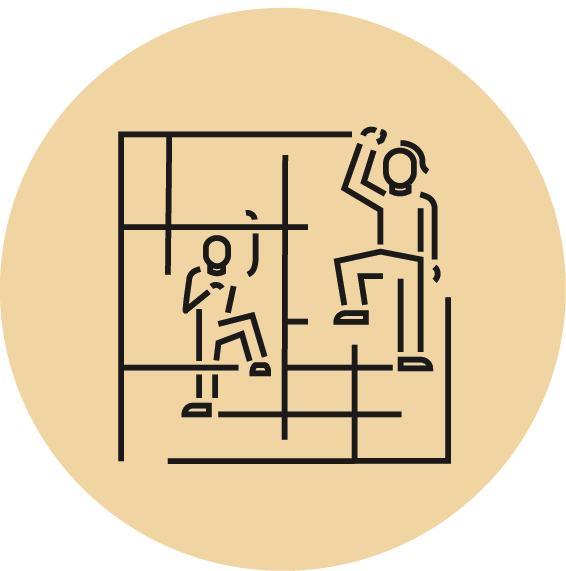
Design playgrounds with a diverse range of features that target climbing, balance, throwing, and catching. These features offer numerous opportunities for children to enhance their fundamental movement skills, encompassing locomotor and object control skills, as well as stability.
Appealing features

Craft sensory-rich playgrounds featuring appealing colors and multi- textured materials, as these have proven valuable for the development of children with disabilities.
Adaptable and intuitive features

Ensure that playground features are intuitive and adaptable to different developmental stages.
Key messages
You should utilize these design principles to:
-
Diverse range of features
-
Appealing features
-
Adaptable and intuitive features
Does playground size matter?
The review conducted by Pawlowski and colleagues concludes that greater space tends to facilitate more opportunities for the acquisition of fundamental movement skills, particularly among young children.
Spreading features over a larger area can enhance children’s walking and running skills by requiring them to move between different elements. Furthermore, ample space encourages children to engage in active games without relying on equipment

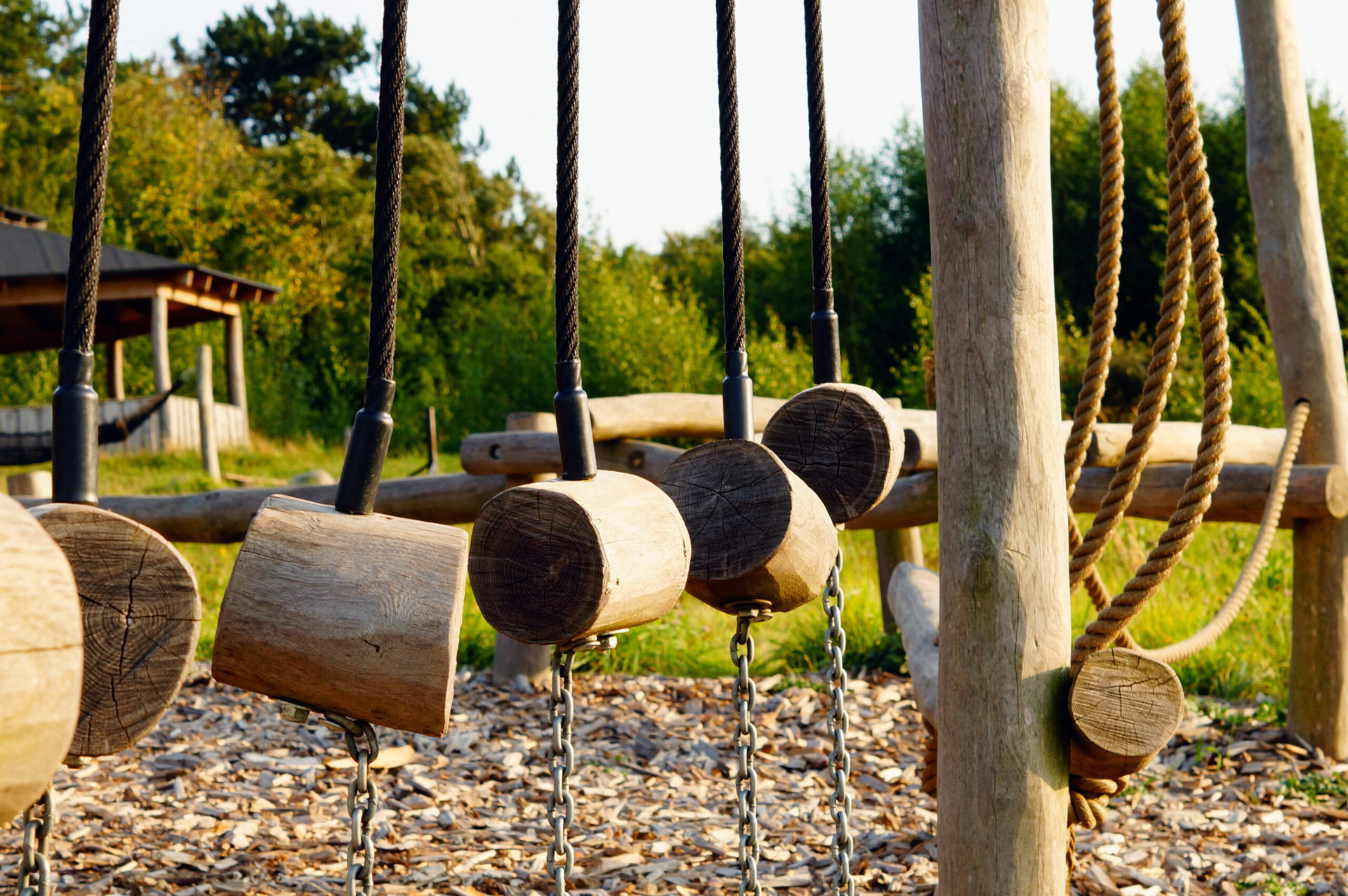
Which effect do nature playgrounds have?
Additionally, this review suggests that a natural play environment can contribute to the development of fundamental movement skills in children.
However, due to limited evidence, the positive effects attributed to nature playgrounds might be influenced more by the expansive size of these settings than by nature itself.
Key take home message
Creating evidence-based design guidelines will necessitate more robust, high-quality research.
All our briefs are accessible through our website, www.playgroundresearch.org.
On the website, you’ll find a compilation of briefs that offer a clear comprehension of research findings and their implications for future research and practical application.
You can also download a printable PDF version of this brief to facilitate sharing.
Downloads
Please click on the download link below to obtain a copy of each file
Main Editors

Similar Briefs
Projects
Explore our institute’s active engagement in developing playgrounds’ future through innovative research and current projects.
Briefs
We are dedicated to sharing valuable insights from research studies and reviews through concise and accessible publications.
Articles
Explore our article database for a comprehensive array of global research and insights, offering diverse perspectives and knowledge.
News
Stay up-to-date and engaged through the latest news, project updates, events, and activities specific to playground research.
